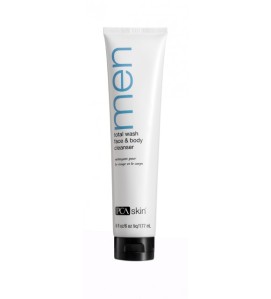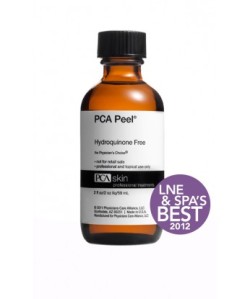Every day, new products come out boasting to be the best in the industry. It’s true that there are some great product lines out there, but what is most important is to make sure that you partner with a clinician whose philosophy aligns with yours.
Some treatments are more aggressive than others, and clinicians need to educate the public and their patients on what is best for their individual skin type. Most importantly, clinicians must be able to explain to their patients what is taking place within their skin when various types of chemical exfoliating products and peels are applied to their skin, as well as why certain procedures have been chosen.
The term “chemical peel” creates many scary images in the minds of our patients, especially when the term “chemical” is used in conjunction with the word “peel.” However, the good news is that peel formulations have become very sophisticated over the years and many actually improve the overall health of the skin.
In simple terms, there are different depths of penetration. The deeper dermal peels which literally remove the epidermis, require long periods of downtime and are typically applied in a physician’s office, are still used for deeper wrinkles and surface imperfections such as acne scarring. This is usually what comes to the patient’s mind and causes a significant amount of fear.
Superficial – or epidermal peels – are designed to only penetrate into the upper layers of the skin. Many peels are now formulated as blends which are even more gentle than a single-ingredient formulation and, in some cases, are so gentle the patient may not even see any visible exfoliation; however, they will still be able to see visible results with little to no downtime.
There is also some confusion surrounding chemical peels causing thinning of the skin when used on a regular basis. It is most important to understand that the epidermal cells are continuously produced and are supported by the body’s own epidermal stem cells. There is no limit to this cellular production; however, as we age and with over-exposure to UV rays, our natural cell turnover slows down and our epidermal stem cells aren’t as active as in younger skin. Superficial, blended chemical peel formulations actually encourage cellular renewal and help to speed up cell turnover while stimulating collagen and elastin production, reducing the appearance of brown spots, fine lines and wrinkles; many also introduce important hydrating ingredients back into the skin. There are even formulations gentle enough for sensitive skin and rosacea. It’s really all about the blend!
Remember that these are superficial peels only designed to penetrate within the upper layers of the skin; dermal peels do penetrate into living tissue, and there would be significant damage to the skin if peels such as these were performed on a regular, monthly basis.
Share your peel experiences below or at the PCA SKIN Facebook page now!




 Posted by smartskinsolutions
Posted by smartskinsolutions 




